Understand
Ulaanbaatar, the modern capital city of Mongolia, has a rich and captivating history. It emerged as a capital city in the 16th century with the introduction of Lamaism and the establishment of monastic settlements. The city, named Ikh Khuree, went through numerous relocations before finally settling in its present location in 1778. Ulaanbaatar exhibits a unique blend of Russian architecture, traditional ger settlements, Buddhist monasteries, and contemporary skyscrapers. Notable Buddhist temples in the city include the majestic Gandan Tegchinlen Monastery, the historic Choijin Lama Temple, and the exquisite Bogd Khan Winter Palace Museum.
Map & Climate
Popular Foods
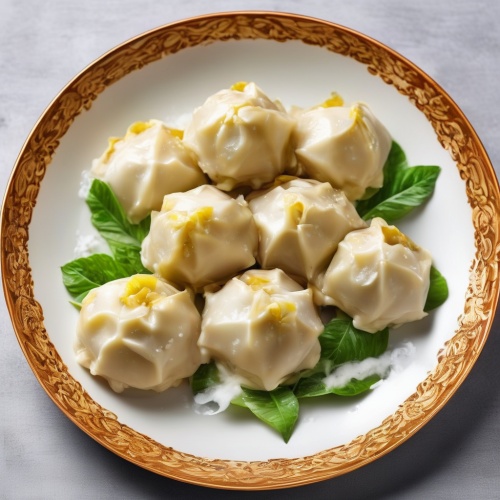 The first most popular food in Mongolia is Buuz, which are delicious dumplings filled with meat, typically mutton or beef, and seasoned with salt, pepper, and onions. They can be steamed or boiled and often served with sour cream or chili sauce.
The first most popular food in Mongolia is Buuz, which are delicious dumplings filled with meat, typically mutton or beef, and seasoned with salt, pepper, and onions. They can be steamed or boiled and often served with sour cream or chili sauce.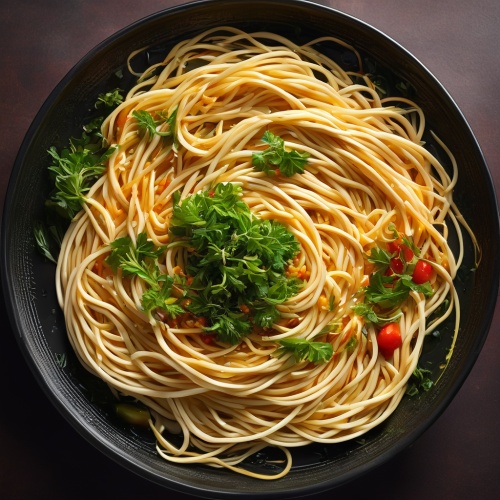 The second most popular food in Mongolia is Tsuivan, a stir-fried noodle dish that combines wheat or egg noodles with an assortment of vegetables like cabbage, carrots, and bell peppers, along with a choice of meat such as beef, chicken, or pork. It is typically seasoned with soy sauce, garlic, and other spices, making it a flavorful and hearty meal.
The second most popular food in Mongolia is Tsuivan, a stir-fried noodle dish that combines wheat or egg noodles with an assortment of vegetables like cabbage, carrots, and bell peppers, along with a choice of meat such as beef, chicken, or pork. It is typically seasoned with soy sauce, garlic, and other spices, making it a flavorful and hearty meal.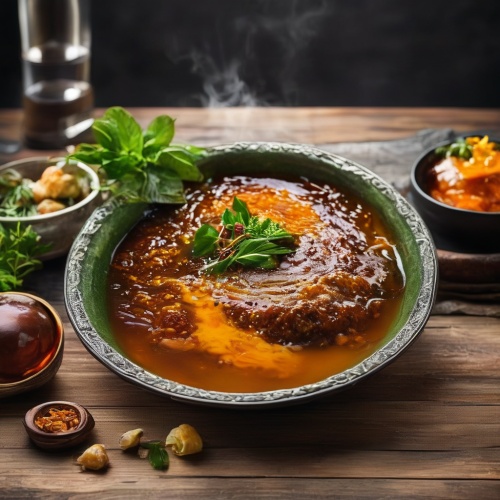 The third most popular food in Mongolia is Khorkhog, a traditional nomadic meal consisting of mutton or beef, potatoes, onions, and various other ingredients, cooked together in a large steam-filled pot. The stew is typically seasoned with garlic, salt, and other spices, resulting in a rich and satisfying dish.
The third most popular food in Mongolia is Khorkhog, a traditional nomadic meal consisting of mutton or beef, potatoes, onions, and various other ingredients, cooked together in a large steam-filled pot. The stew is typically seasoned with garlic, salt, and other spices, resulting in a rich and satisfying dish.

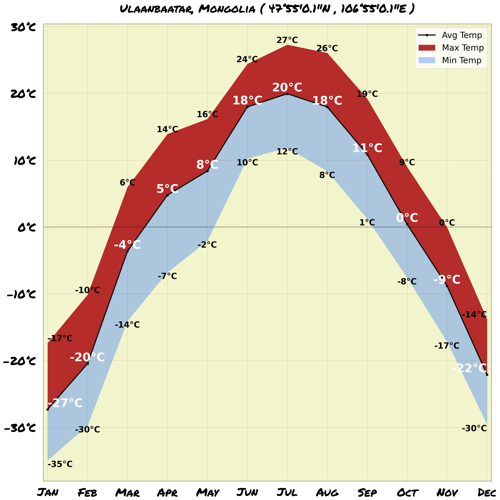
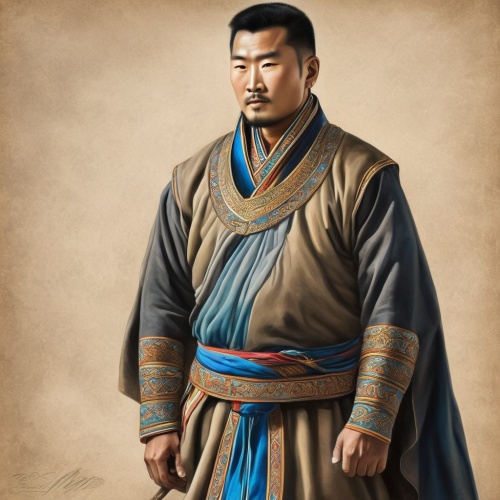
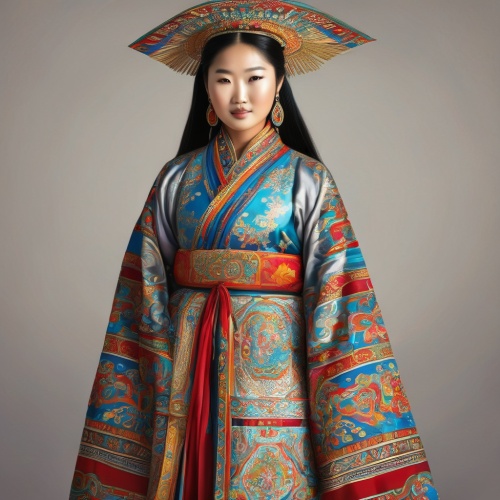
Comments
NO COMMENTS